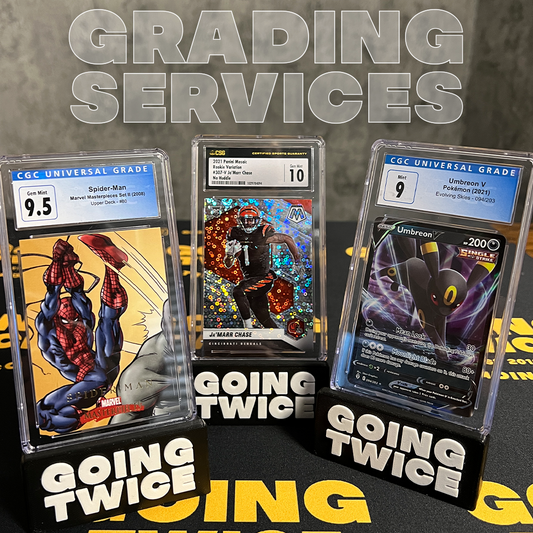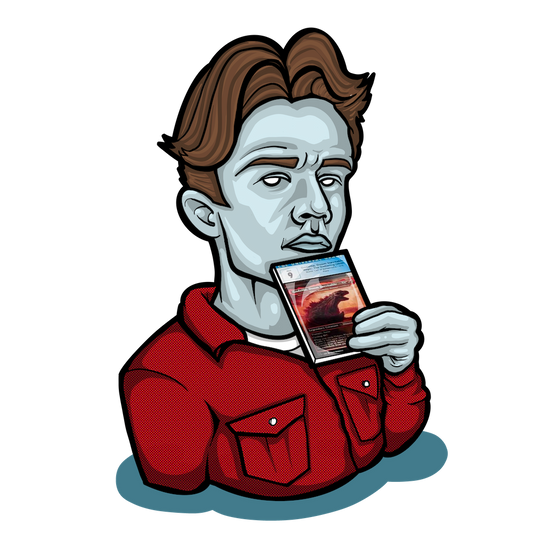The Beginning of Images as Collectibles
Last week we went back to the Renaissance during part one of our series on the history of collecting to talk about the printing press and its ability to produce manuscripts on a massive scale. This allowed books to be created not only for clergymen and royalty, but for the rising merchant class as well who began to create a new kind of patron for literature: the collector. This week we jump ahead to another invention that revolutionized our ability to understand the world, and paved the way for the modern day collectible card market: the camera. (For an in depth discussion with actual collectibles from the American civil war, check out my interview with our photography expert and media manager Greta on youtube!)
While the concept of creating photographs has been around for a very long time, it wasn’t until the 1830’s that the methodology was advanced enough to capture an image that did not fade after exposure to light. The ability to own images of yourself and your family had up until this point been reserved for only the nobility and upper class who could afford to commission artists to capture their likeness for generations to come. Photography changed the way all of society related to imagery in this sense, as once photography spread around the world and its methods became cheaper and more efficient, anyone could have their picture taken, not just the wealthy and powerful. Family or self portraits, something that before would have been a luxury, now could be purchased and taken for a relatively cheap sum. This meant photos could be given to friends and acquaintances as personal gifts, and in the United states we see this rise in popularity during the American Civil War.
America’s bloodiest war was also the first one to be photographed on the battlefield. Soldiers heading into battle would pay a member of an entourage of photographers that followed around armies as they marched to take their photograph, which would be captured on a piece of tin. These were “one of ones” and could be sent back to a loved one at home in case the soldier died in an upcoming battle. Officers and those with more money to spare could afford to have reproducible pictures taken onto paper, and have multiple copies sent off to whoever they wished. Having photographers on the battlefield also meant that those away from the war knew what the men in charge of the armies actually looked like. Pictures of those in command during the civil war were in high demand, and enterprising photographers could make plenty of money if they could meet it. This is when we start to see the first instances of collecting images as part of a “set”, and the idea of an image as a collectible rather than simply a keepsake.

In England, photos of the royal family were immensely popular, and for those who could afford to travel, accruing photographs of foreign wonders to document their travels became a very popular hobby. Popular poets, actors, playwrights, and anyone well known in high society could have their picture taken and circulated for sale amongst the public. Instead of simply knowing a famous name, there was now an image to go along with it. The owning of someone’s image, before a personal and exclusive privilege, was now part of popular culture and open to anyone with a few pennies to pay whoever was selling the photographs. Collecting photos was a way to participate in culture, a way to own who was trendy and popular at the time. By the late 1860’s early baseball cards were being inserted into tobacco products as promotional material, so the leap from photographs to collectible cards barely took 30 years.

So where do we go from here? We see the foundation for what will become early sports cards, and the idea of collecting images and completing sets in early photography. Next week we move ahead to the not so distant future of the 1930’s and 40’s to talk about the next evolution in collecting: the comic book. Are we at Pikachu yet? No, but the rumblings are all there, and I can't wait to have a great interview next week where we get into the weeds with our in-house comic expert Reed. See you next week!




